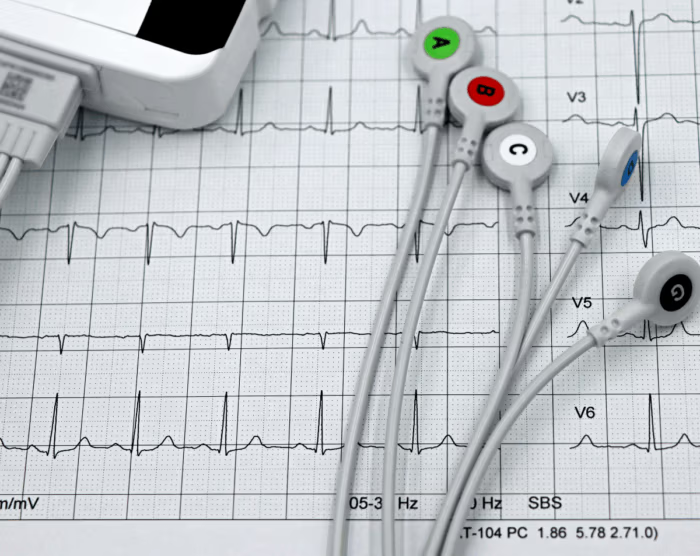
Your body often gives warning signs long before full-blown disease appears. A precancerous lesion is one of those red flags. These are abnormal cells that, if left alone, may turn into cancer over time. Fortunately, when we catch them early, we can remove or treat them before they become dangerous.
They are changes in cells that look suspicious under a microscope. These cells aren’t yet cancer, but they don’t behave like normal cells either. Some common examples include:
- Colon polyps (especially adenomas)
- Cervical dysplasia (abnormal cells on a Pap smear)
- Actinic keratosis (sun-damaged skin that can become skin cancer)
- Barrett’s esophagus (abnormal tissue in the esophagus lining)
Yes; and many of them are simple, routine, and often covered by preventive care policies.
Because these lesions don’t usually cause symptoms, screening tests play a key role.
Let’s go through a few important ones:
This test doesn’t just find colon cancer; it helps prevent it. During the exam, we look directly at the colon lining and remove any polyps we find. Since some of those polyps are precancerous, taking them out on the spot stops the problem before it starts.
In women, routine cervical screening can detect abnormal cells long before they become cervical cancer. We often combine a Pap smear with an HPV test to improve accuracy. If we catch dysplasia early, treatment is simple and highly effective.
A trained eye can spot precancerous spots on the skin; especially those caused by years of sun exposure. Actinic keratoses, for example, may look like flaky patches, but they carry the risk of developing into squamous cell carcinoma. We freeze or treat them quickly and painlessly.
For patients with long-standing acid reflux, we sometimes recommend this scope test to check for Barrett’s esophagus. While Barrett’s itself is not cancer, it raises the risk of esophageal cancer over time. Early detection gives us a chance to monitor or treat before anything turns serious.
One exciting newer option is a test like EsoGuard. This test analyzes cells from the esophagus and identifies changes that point to Barrett’s or other precancerous conditions. It’s non-invasive and can help spot changes in at-risk patients early on.
This happens to be the only non-invasive testing available to date that can detect pre-cancerous lesions!
Catching and treating precancerous changes costs less, causes less pain, and saves lives. Most of the time, patients with these lesions don’t feel anything wrong. That’s why regular checkups and recommended screenings are so essential.
I always remind patients: you don’t need to wait until you feel sick to take control of your health.
No one wants to hear the word “precancerous,” but it’s actually a chance to step in early. You have the power to act before things go downhill. So don’t ignore your screenings. Stay curious about your health. And if something feels off, trust your instincts and talk to your doctor.
🧘♀️ At Desert Mobile Medical, we support the whole you — mind, body, and spirit. Want help building a personalized prevention plan? Call us at (480) 331-2699.



